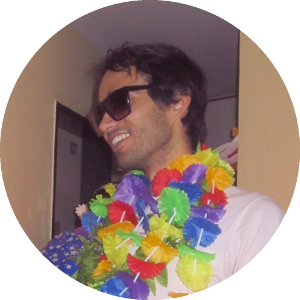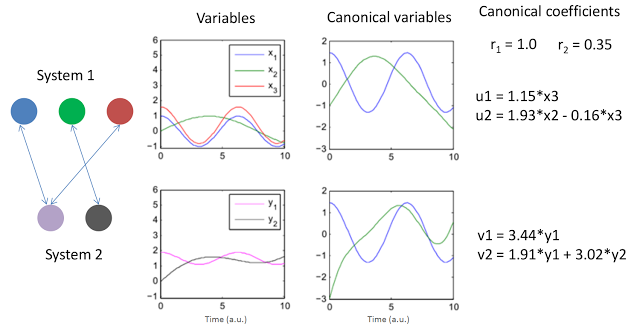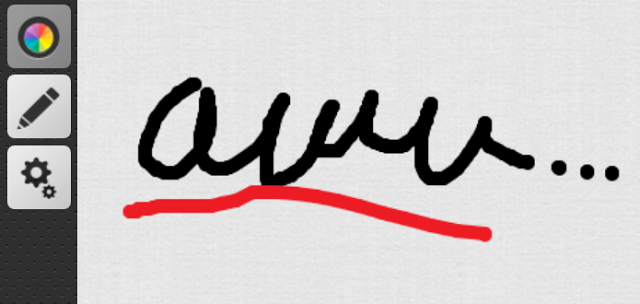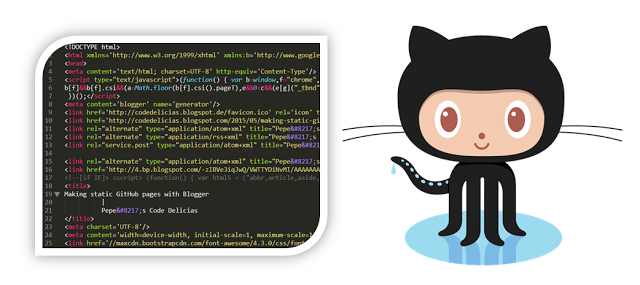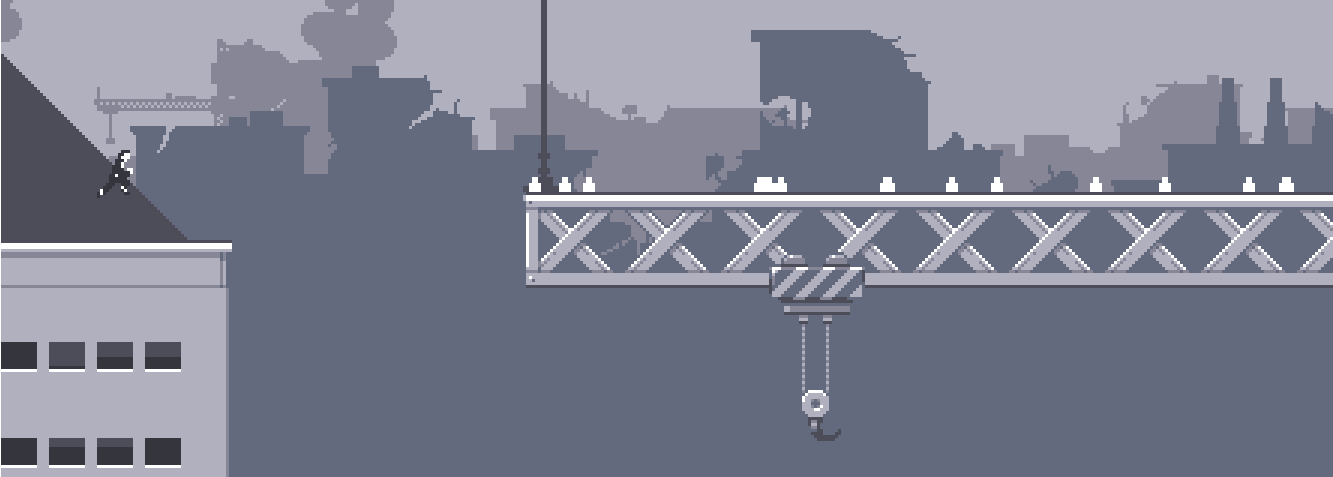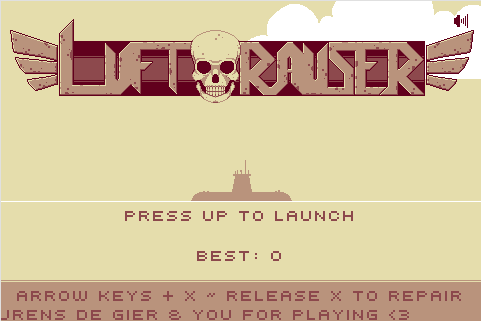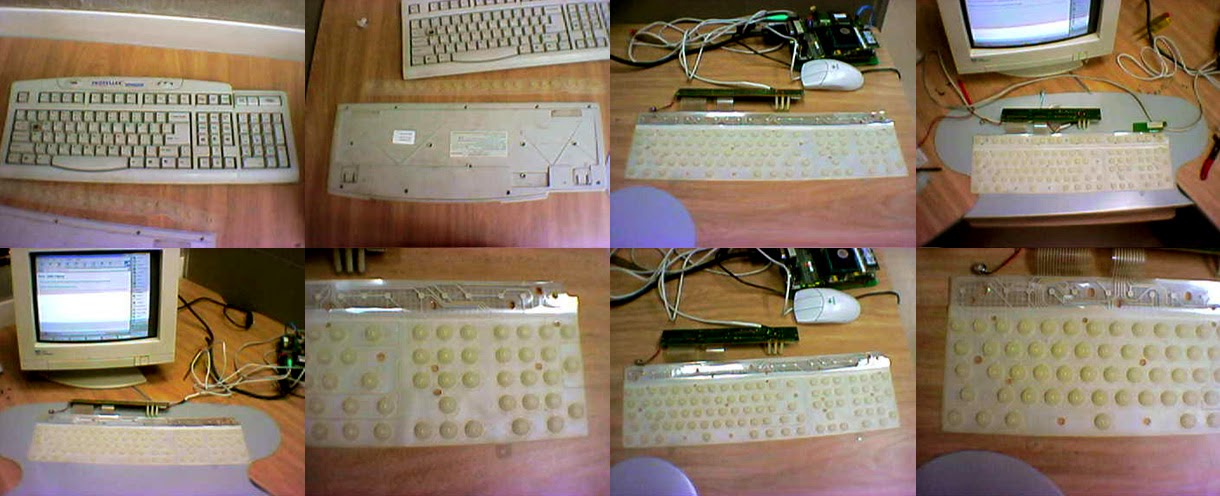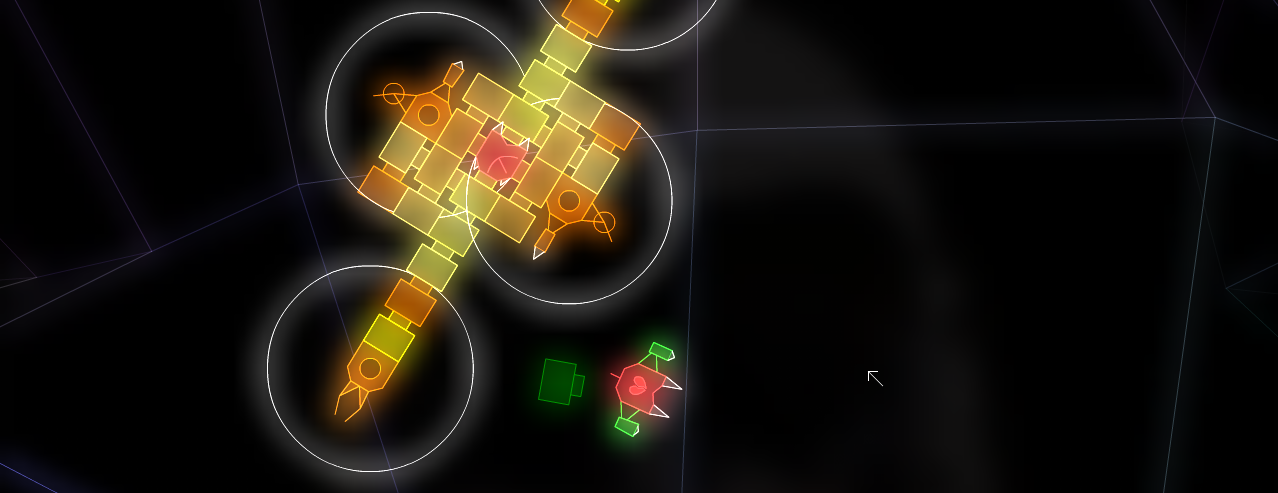A persistent vegetative state (PVS) is a condition of patients with severe brain damage in whom coma has progressed to a state of wakefulness without detectable awareness. There is controversy in both the medical and legal fields as to whether this condition is irreversible.
The syndrome was first described 1940 by Ernst Kretschmer after whom it also has been called Kretschmer syndrome. (Das apallische Syndrom, in .Neurol.Psychiat, 169,576-579 (1940).
The term was coined in 1972 by Scottish neurosurgeon Bryan Jennett and American neurologist Fred Plum to describe a syndrome that seemed to have been made possible by medicine's increased capacities to keep patients' bodies alive. [1]
PVS is also known as cortical death, although it is not the same as coma or brain death.
Patients in a persistent vegetative state are usually considered to be unconscious and unaware. They are unresponsive to external stimuli, except, possibly, pain stimuli. Unlike coma, in which the patient's eyes are closed, patients in a vegetative state often open their eyes. They may experience sleep-wake cycles, or be in a state of chronic wakefulness. They may exhibit some behaviors that can be construed as arising from partial consciousness, such as grinding their teeth, swallowing, smiling, shedding tears, grunting, moaning, or screaming without any apparent external stimulus.
pepgma
Programmer, scientistI am an engineer that divides its work life between programming and neuroscience. This blog is a “bitacora” to share thoughts, programming ideas, useful findings, and stuff (more...)

